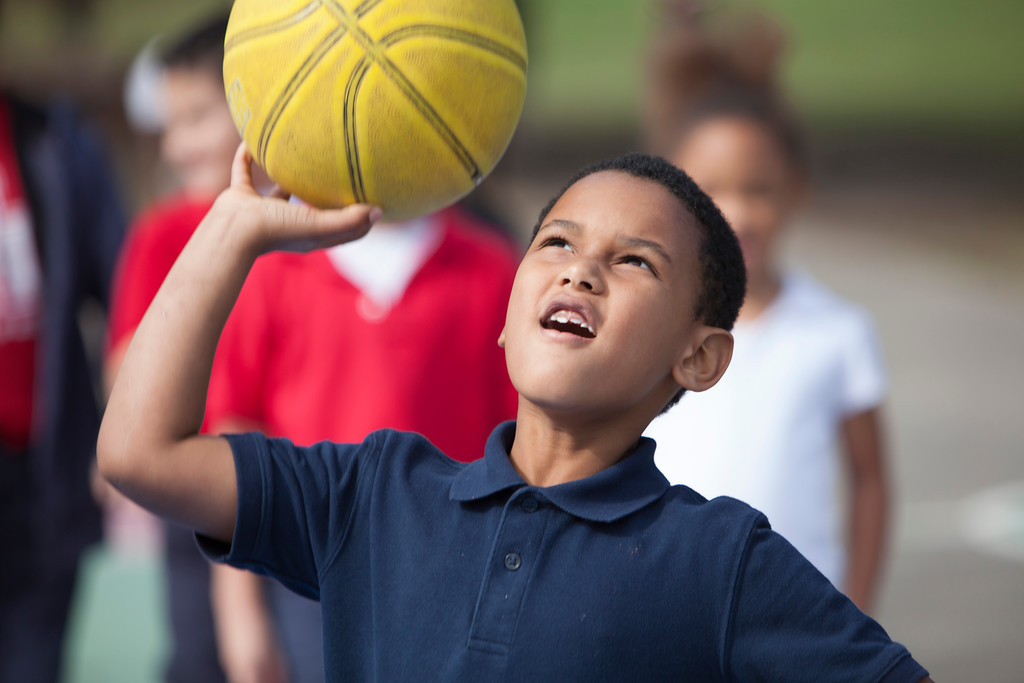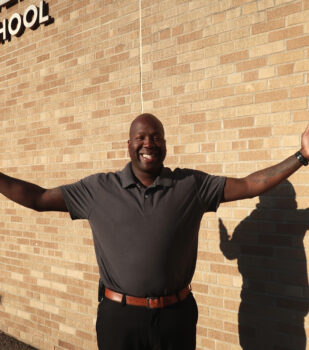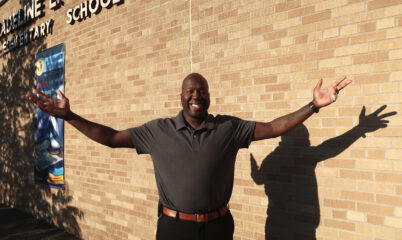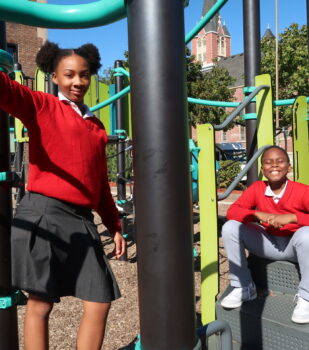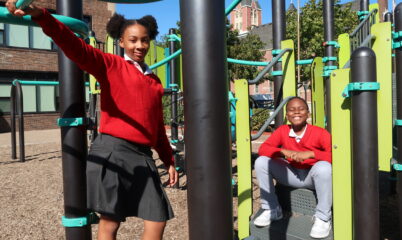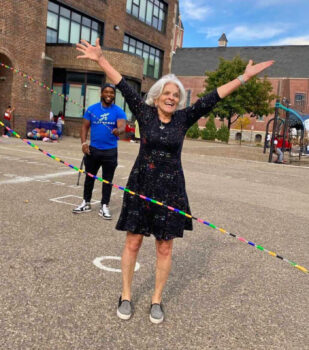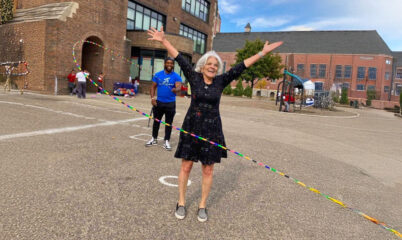“There’s a lot of things we can do to put [playing] back in—number one, making sure kids have recess at school. That’s where they’re spending most of their time. That is just as important as math and science to kids. If you’re a teacher and you’re working with boys in particular, they can’t sit still for an entire school day. They can’t physically do it . . . So how are we expecting them to be successful academically if the other part of their brain, that part that is movement and music and creativity, is not being exercised?” —First Lady Michelle Obama on the importance of recess at the Project Play Summit
In 2008, Tom Farrey, a veteran journalist with ESPN, published a book called Game On based on his travels around the United States interviewing people about that state of youth sports. During his book and lecture tour, he met any number of people who resonated with his observations, most notably that while we were arguably the world’s sports leader, we also topped the charts in rates of childhood obesity. These people had a pressing question: how do we get out of this mess?
While speaking at the Aspen Ideas Festival, Tom learned that the Aspen Institute was interested in launching a Sport & Society Program. Tom agreed to start the program, then Aspen convened a series of roundtables that explored potential solutions with 300 youth sports leaders, leading to a report identifying eight strategies for the eight sectors that touch the lives of children. Project Play was born.
Project Play focuses on systems-level change designed to increase youth sports participation rates as measured by the Sports & Fitness Industry Association annual household survey and to improve the quality of youth sports activity offered in communities across the country. They define sports broadly to include both organized and informal activities. Project Play released their most recent report card—State of Play: 2016—at the end of June.
Since its inception, Project Play has built impressive partnerships, from working with the First Lady’s Office to inspiring a pledge from YMCAs to develop a new vision for their youth sports programming. With a reach of 2,700 branches serving 10,000 communities, the YMCA reflects a significant opportunity to increase participation levels.
Project Play’s goal, to change sports in America so that more kids have healthy, positive experiences, is a bold one. Their work stands out in the field for their emphasis on aggregating other initiatives and for focusing first and foremost on opportunities to collaborate. With this emphasis on building the sector, Project Play stands out in leveraging the power of sport and play to bring out the best in kids.
